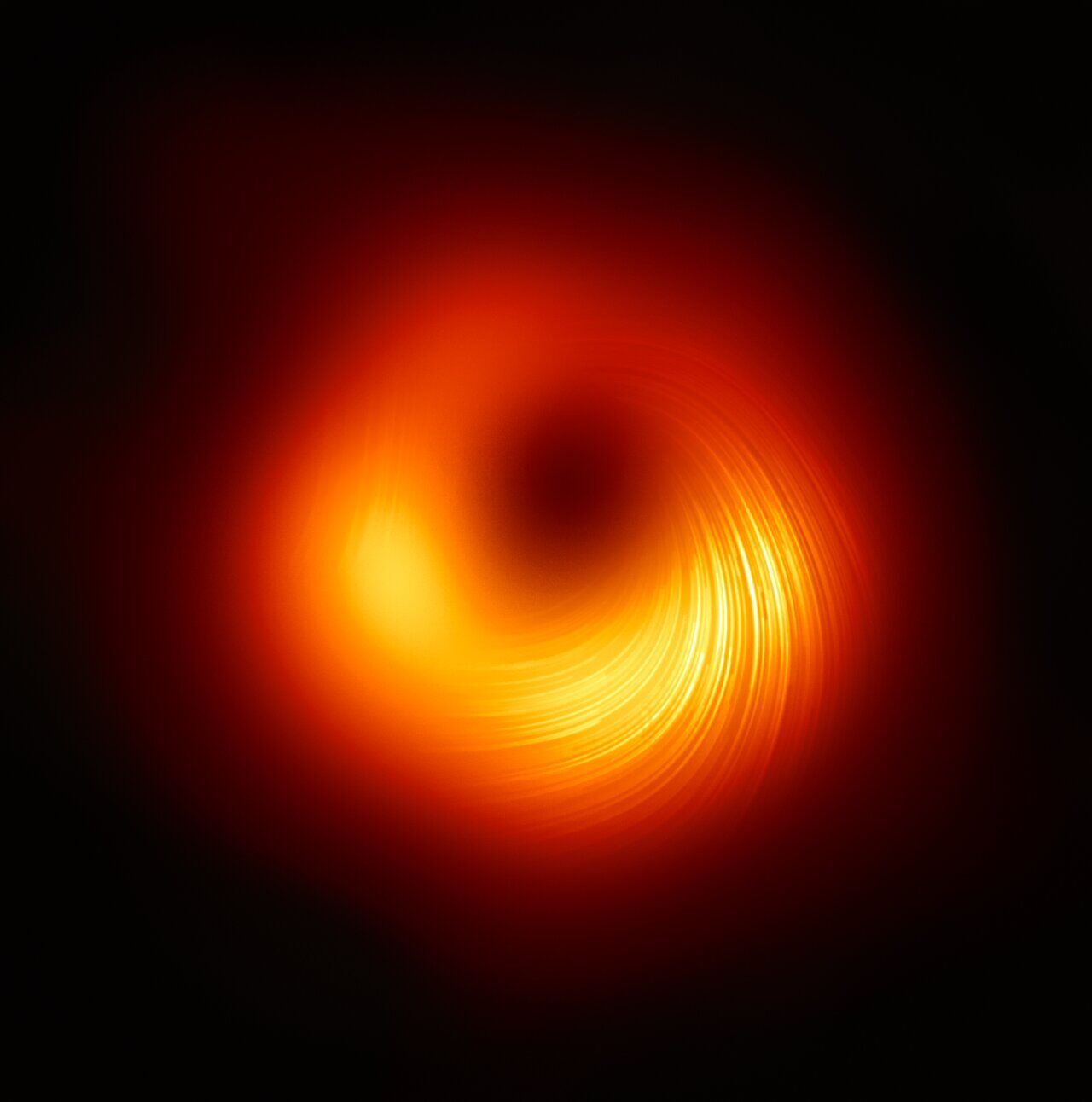Life
The largest black hole known to mankind is rotating: first ever evidence found
Scientists continue to uncover the secrets of the infinite Universe. For a long time, scientists have assumed that black holes can rotate. Recently published findings confirm one of the most important features of black holes, which astronomers could not prove experimentally before.
Recent studies have shown that the supermassive black hole (SMBH) in the center of the M87 galaxy rotates, causing its jet to fluctuate by about 10 degrees. The details were reported by Ifl Science.
M87 is not the largest galaxy known to mankind, but with a mass of 6.5 billion solar masses, it is much larger than the Milky Way. Being relatively close, it is one of the most accessible for study.
Data collected between 2000 and 2022 by more than 20 radio telescopes around the world show an 11-year cycle in the motion of the relativistic jet base of M87*. However, the images lacked the detail to prove that the black hole could rotate.
The team, led by Dr. Cui Yuchu from Zhejiang Laboratory, collected 164 images and investigated the smoothed variations caused by the jet instability. A black hole like this one and the jet it creates are so huge that no external force that we know of can make the jet oscillate. Thus, the motions must be the result of the rotation of the black hole itself.
However, if the black hole is rotating, we should expect the jet's base to move on a regular cycle. This is possible provided that the rotation axis of the black hole is offset from the rotation axis of its accretion disk.
The gravitational pull of a black hole is so intense that a moving distortion of spacetime is created during rotation, a process known as "frame drag". This will happen even with relatively small black holes, because for giant SMBHs like this one, the effect of "frame-dragging" will be enormous.
Researcher Cui Yuzhu emphasized that astronomers are "delighted with this important finding." According to him, "because the discrepancy between the black hole and the disk is relatively small and the precession period is about 11 years, the accumulation of high-resolution data tracking the structure of M87 over two decades and careful analysis are important for research."
The authors note that other black holes have been studied, but no visible signs of movement have been found. The scientists emphasize: "if the movements are smaller or the period is longer, they will be harder to detect, so there is no reason to doubt that rotation is the norm."
Earlier, OBOZREVATEL reported that a black hole, 20 million times heavier than the Sun, travels through space with a "tail" of stars.
Subscribe to OBOZREVATEL 's Telegram and Viber channels to stay up to date with the latest developments.




























